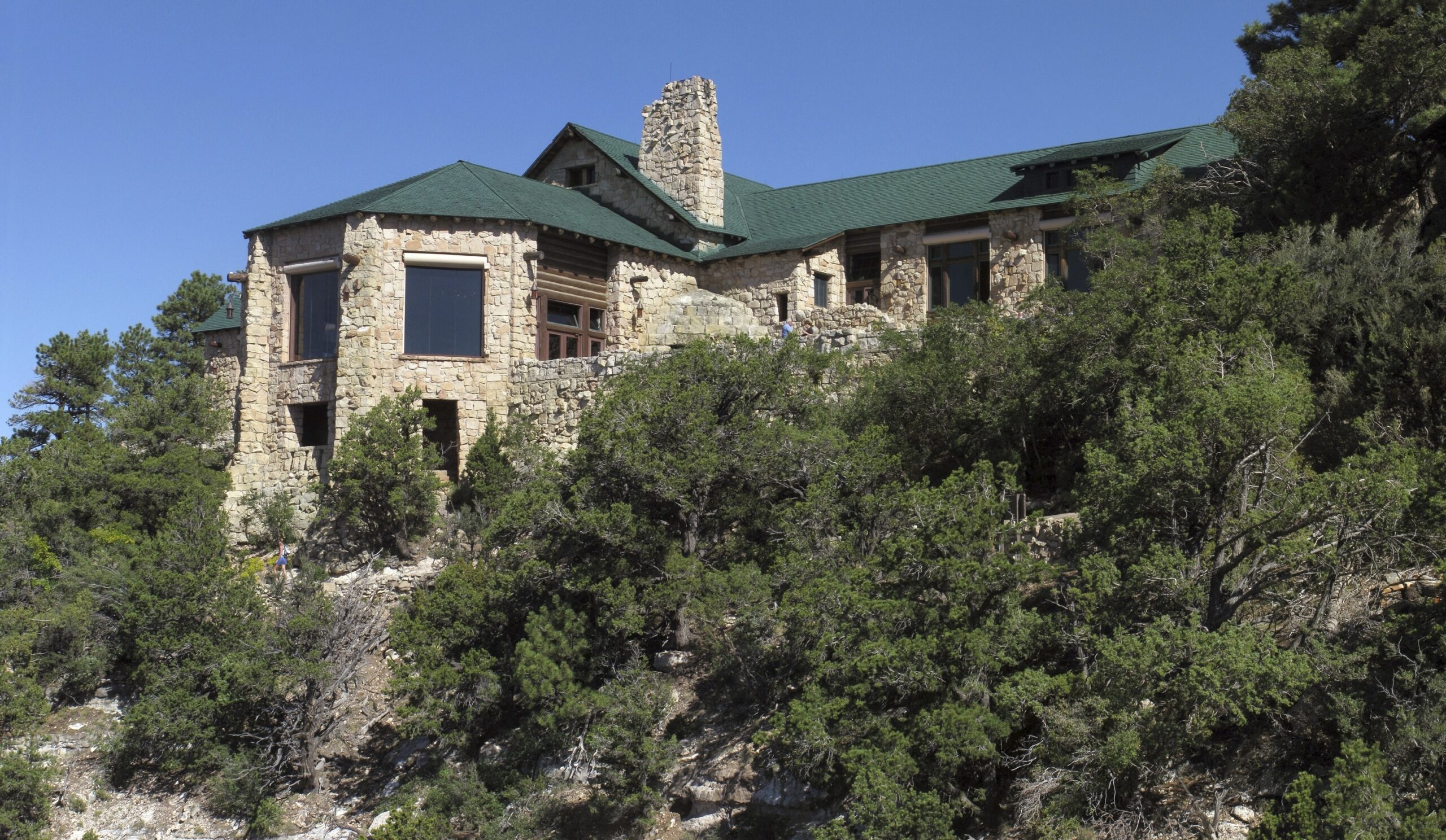
A fast-moving wildfire in Arizona known as the Dragon Bravo fire destroyed the historic Grand Canyon Lodge and dozens of other structures on the North Rim of Grand Canyon National Park, according to officials.
“Fire managers have confirmed the loss of the Grand Canyon Lodge and numerous historic cabins in the developed area,” the Grand Canyon National Park said in a statement on Facebook on Sunday.
The blaze, fueled by extreme heat, low humidity, and fierce winds, forced evacuations, led to a hazardous chlorine gas release, and resulted in the seasonal closure of the North Rim for visitors and park staff, Inciweb shows.
A July 4 lightning strike sparked the fire that quickly breached containment features and overtook vital park facilities and irreplaceable historic building,
No deaths or injuries have been reported in the fire.
Newsweek has reached out to the National Park Service (NPS) for more further comment.
Why It Matters
The destruction of the Grand Canyon Lodge represents the loss of a national landmark and the only in-park lodging option at the North Rim, a remote and highly valued area of Grand Canyon National Park.
The lodge, first opened in 1937, was listed as a National Historic Landmark and featured unique ponderosa pine construction and a limestone facade that reflected its natural surroundings.
The fire also damaged key infrastructure, including a water treatment plant, causing chemical hazards, the Inciweb report shows.
What to Know
Firefighters initially used a confine and contain strategy, establishing multiple containment features to protect valued historic and operational structures after the fire started. As of Sunday, the fire had scorched 5,000 acres within the park, Inciweb shows.
“The fire is now being managed with an aggressive full suppression strategy,” the Inciweb report said. “Fire behavior is very active, driven by hot temperatures, low relative humidity, and continued strong wind gusts.”
The flames obliterated several structures in the North Rim developed area—including the Grand Canyon Lodge itself.
The loss extended to the visitor center, gas station, water treatment plant, administrative buildings, employee housing, and numerous other historic cabins, the Associated Press reported.
A water treatment plant was also destroyed in the fire on Saturday, releasing chlorine gas and creating a more dangerous situation for firefighters.
“Aerial bucket drops were conducted to slow fire movement near the Grand Canyon Lodge and Transept Canyon,” the NPS statement explained, noting “the use of aerial retardant was not feasible due to a chlorine gas leak at the water treatment facility, which required the evacuation of firefighting personnel from critical zones nearby.”
Michael Quinn/National Park Service via AP
The fire has also closed multiple trails in the area, including the North Kaibab Trail, South Kaibab Trail, Phantom Ranch, and Bright Angel Trail below Havasupai Gardens, the NPS said.
Another significant wildfire, the White Sage fire, was spreading across the Kaibab Plateau to the north of the canyon. That fire had expanded to over 40,000 acres by Sunday and resulted in hundreds of evacuations and the closure of Highway 89A at Fredonia and Bitter Springs, Inciweb shows.
The North Rim’s loss affects millions of annual Grand Canyon visitors, although the South Rim remains unaffected and continues to draw the majority of tourist activity.
What Happens Next?
A Complex Incident Management Team is set to take command of the Dragon Bravo fire on Monday to increase coordination and containment efforts, according to Inciweb.
NPS officials continue to assess damage and monitor hazardous areas for safety, with restoration and rebuilding plans for the North Rim expected to begin after the fire threat subsides.
